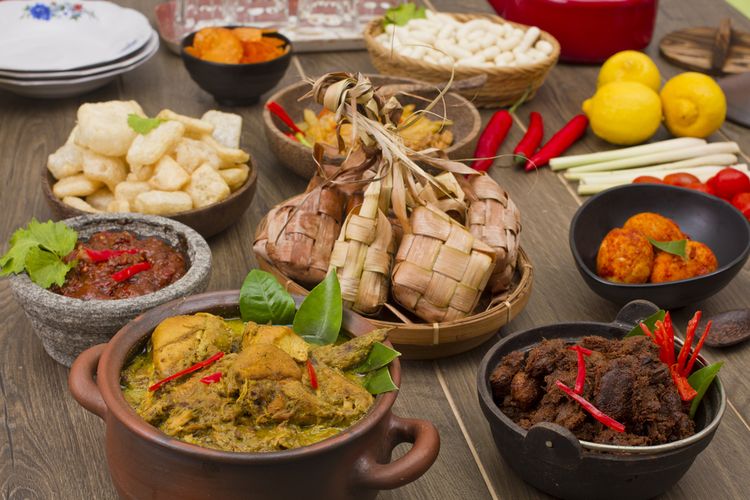UNAIR NEWS – After a month of fasting, the time has come to welcome the holiday. Eid-al-Fitr, the moment where Indonesian apologize each other, is also synonymous with special foods such as pastries and other heavy foods.
Chicken opor is one of the most anticipated Eid-style dishes and is often paired with ketupat or rice cake. The softness of the chicken meat, the savory sauce mixed with coconut milk, and the sprinkled fried onions made it a delight. Likewise, beef rendang, soft meat combined with special spices mixed with coconut milk is a special dish that is a pity not to taste.
However, some coronary heart sufferers must consider coconut milk as one of the ingredients they better avoid. Stefania Widya Setyaningtyas, S.Gz, MPH, explained that people with coronary heart disease can consume chicken opor or rendang during Eid even though they contain coconut milk but by paying attention to the amount.
“If consumed in amounts that are not excessive and not heated over and over again, it is not a problem because even coronary heart disease sufferers still need fat,” said the lecturer at the Department of Nutrition, Faculty of Public Health, Universitas Airlangga.
“Coconut milk contains saturated fat, so the total consumption should be no more than 10% of the total fat requirement,” she added.
Repeated heating which is done on coconut milk food will cause the saturated fat content in coconut milk to increase. “It occurs due to the damage to the chemical structure of the fat in the coconut milk, so it is best to avoid consuming coconut milk that is heated repeatedly,” she explained.
Stefania explained that coconut milk can be replaced with other products such as fresh milk, skim milk, soy milk, or almond milk. Not to forget, a balanced diet also needs to be applied. “Balance it with vegetables and fruit that are high in fiber and water soluble so they can bind and slow down the absorption of fat and cholesterol. This helps control fat levels in the blood, ” she explained.
Some examples of fruits and vegetables that are high in fiber and water solubility include apples, pears, carrots, strawberries, guava, broccoli, and turnips. Stefania also recommends making ketupat with oatmeal mixture.
“You can also create something like rice cake or ketupat by adding oatmeal so that the amount of soluble fiber in food will increase,” she concluded.
UNAIR as one of the best universities in Indonesia is committed to increasing global competitiveness. (*)
Author: Icha Nur Imami Puspita
Editor: Khefti Al Mawalia





